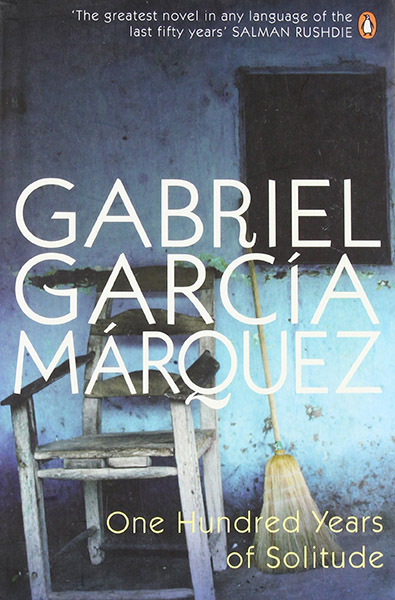News
10 books every college student must read
14 Jul 2022
As a college goer, books are an important part of your life. You carry a world in your hands that can be entertaining, yet full of insights, and can help you make sense of the world around you as you welcome various transformations in your own life. They widen your vocabulary, help find new ideas and models for academic writing, improve your cognitive skills, and expose you to conflicting yet enthralling new ideas that may help you shape your principles and thinking in a new way.
Books are the powerhouse of knowledge and information. Reading is a joy in itself and its benefits cannot be described in words. College students, being the pillars of the future should read as many books as possible as they provide us with a lot of experiences and information about how one should go about in the future. Here is the list of top 10 book every college must read:
1. “The Alchemist” by Paul Coelho, 1988.
This is among the best fiction books to read that has been translated into 56 different languages. The story follows protagonist Santiago’s journey from Spain to Africa. Santiago leaves behind his former shepherd lifestyle to pursue a physical and spiritual exploration of the purpose of his life. The novel is grounded in the landscapes of the journey of Santiago.
This book is an inspiration to millions of people around the world as it urges them to discover their dreams and personal legends. A simple line from this book that conveys its theme is as follows-
“When you want something, all the universe conspires in helping you to achieve it.”
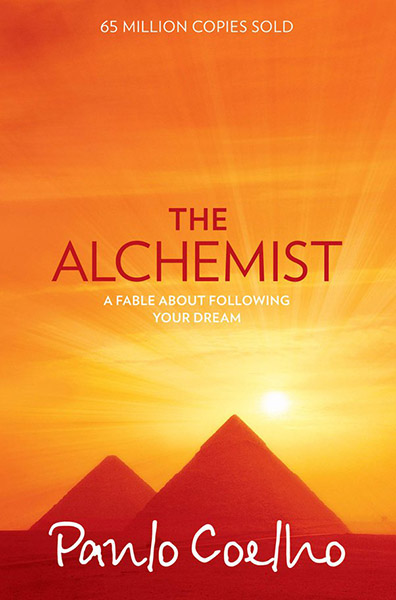
2. “To kill a Mocking Bird” by Harper Lee, 1960.
Harper Lee’s ‘To Kill a Mockingbird’ discusses several life lessons of respecting people and elders. Brought to life by protagonist Jean Louise Finch, the story covers a wide range of essential societal themes. These include racism and the bending of gender norms.
The book is based on Harper Lee’s childhood and sheds light on significant segregation issues in the community. One of the many reasons why this book is among the best fiction books to read is its relatability despite the time it is set in (around the 1930s).
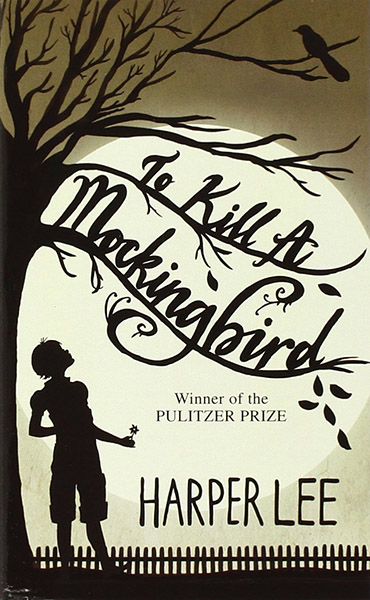
3. “1984” by George Orwell, 1949.
Written in 1949, The novel is set in Airstrip One, a province of the superstate Oceania in a world of perpetual war, omnipresent government surveillance, and public manipulation. This novel about government control of the masses is even more relevant today, especially in the times of paid media, fake news and propaganda, this novel about dystopia holds a special place in literature. When virtually every college student owns some form of computer and/or mobile device that makes it easy to track and monitor their activities. This is a story about our future world, where happiness plays an important role, but individuality is not appreciated.
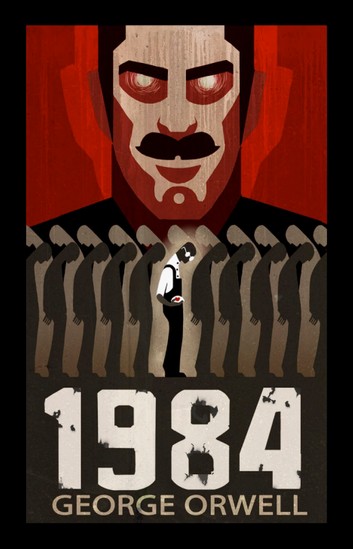
4. “The side of Paradise” by F. Scott Fitzgerald, 1920.
The novel’s hero, Amory Blaine, is a handsome, spoiled young man who attends Princeton, becomes involved in literary activities, and has several ill-fated romances. The novel explores the theme of love warped by greed and status-seeking. This novel shows that life is completely different behind the walls of the college and one has to find one's way in the world. This might sound very familiar to a lot of students and reading this book will make them realise that they are not alone.
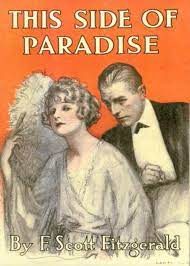
5. “Norwegian Wood” by Haruki Murakami, 1987.
This is a story about true love and friendship, when one college student has to change his life principles and attitude to everything that happens around. It teaches us to appreciate friendship and people who love us, and be ready to accept the ugly truth of life.
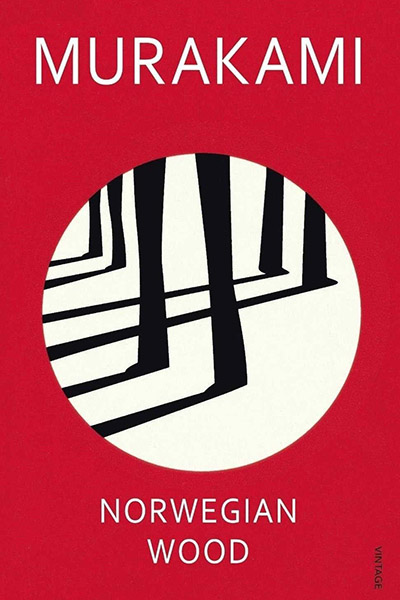
6. “7 Habbits of highly effective people” by Stephen R. Covey, 1989.
Written by Stephen R. Covey in the awake condition of the 90s when Americans needed higher productivity in business, this book concentrates on how habits are developed and what types of habits are needed to be highly productive. The author believes that habits are the results of repeated actions and a certain level of commitment. The author in 4 parts of the book introduces and explains the 7 habits that make one great and highly effective.
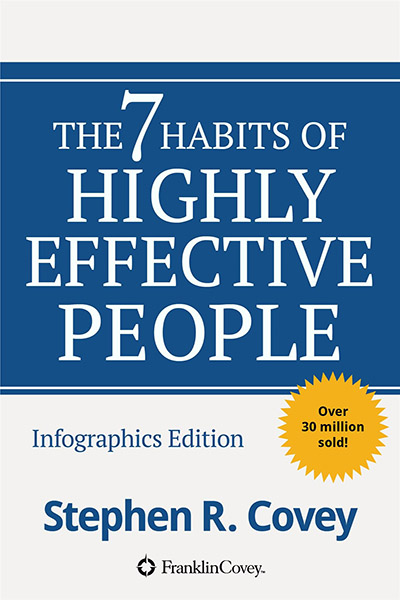
7. “Atomic Habits” by James Clear, 2018.
In Atomic Habits , James Clear argues that big goals shouldn’t be your main focus in life. Instead, you should be utilizing frequent, repetitive actions and systems to help develop habits that stick.
The significant changes you want to make in your life depend more on creating small habits than sizable shifts. Instead of wasting your time setting unachievable goals with drastic changes, all you have to do is make one minor change daily. This theme runs throughout Atomic Habits. The quality of your life depends on the quality of your habits. Some habits are small like an atom. As these atomic habits accumulate, they can make a significant impact in your life.

8. “How to win friends and influence people” by Dale Carnegie, 1936.
How to Win Friends and Influence People by Dale Carnegie is a self-help classic that reads as a life manual. The core idea is that you can change other people’s behavior simply by changing your own. It teaches you the principles to better understand people, become a more likable person, improve relationships, win others over, and influence behavior through leadership.
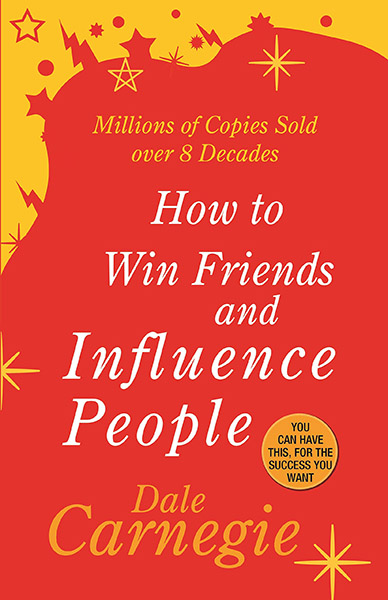
9. “Rich Dad Poor Dad” by Robert T. Kiyosaki, 1997.
Rich Dad Poor Dad is about Robert Kiyosaki and his two dads—his real father (poor dad) and the father of his best friend (rich dad)—and the ways in which both men shaped his thoughts about money and investing. He says that his poor dad went to Stanford and earned a Ph.D., and his rich dad never finished the eighth grade. The book consists of 8 chapters, lessons that everyone must learn. The central message conveyed by Kiyosaki is that you don’t need to earn a high income to be rich.
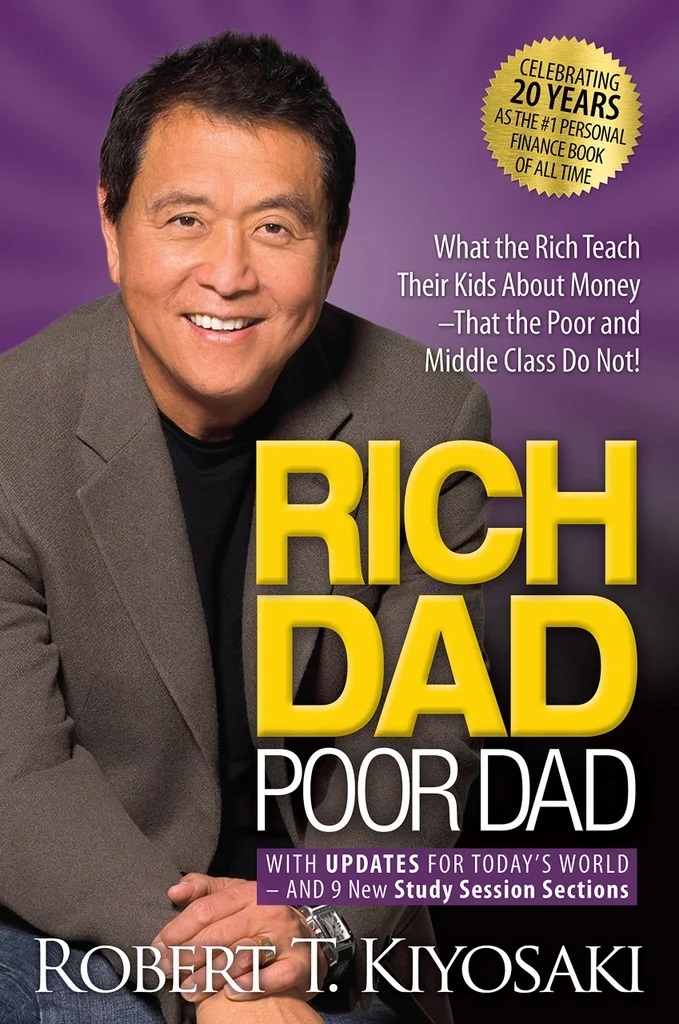
10. “One hundred years of solitude” by Gabriel Garcia Marquez, 1967.
This novel manages to capture the various phases and glories of human history. A dominant theme in One Hundred Years of Solitude is the inevitable and inescapable repetition of history in Macondo. The protagonists are controlled by their pasts and the complexity of time. Throughout the novel, the characters are visited by ghosts to show how humans have changed and evolved over time. It is a perfect read for college students to understand and estimate the importance of a family and close people who support them.
